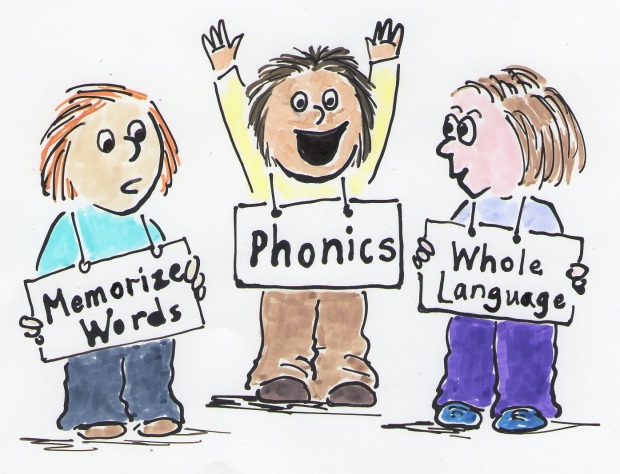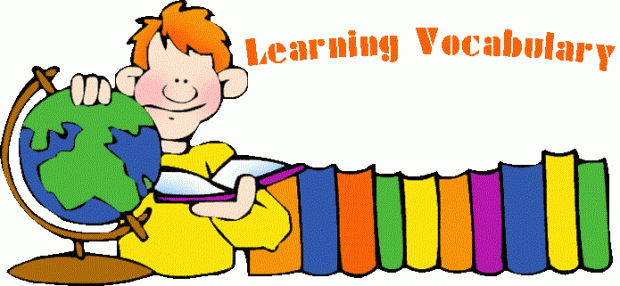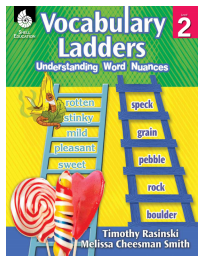Traditional Print
Brown, C.S., (2014). Language and literacy development in the early years: foundational skills that support emergent readers. The Language and Literacy Spectrum. 24, 35-49. Retrieved from http://files.eric.ed.gov/fulltext/EJ1034914.pdf
Brunn, M. (2002). Teaching Ideas: The Four-Square Strategy. The Reading Teacher, 55(6): 522-525.
Dahl, K.L. & Scharer P.L. (2000). Phonics teaching and learning in whole language classrooms: New evidence from research. The Reading Teacher. 53 (7), 584-594
Ehri, L.C. (2005). Learning to read words: Theory, findings, and issues. Scientific Studies of Reading, 9(2), 167-188.
Flanigan, K & el. (2012). What’s in a Word? Using Content Vocabulary to Generate Growth in General Academic Vocabulary Knowledge. Journal of Adolescent & Adult Literacy, 56(2): 132-140.
Greenwood, S. (2010). Content Area Readers: Helping Middle-Level Students Become Word Aware (and Enjoy It!). The Clearing House, 83: 223-229.
Hiebert, E. (2005). The effects of text difficulty on second graders’ fluency development. Reading Psychology, 26: 183-209.
Jamaludin, K.A., Alias, N., & Johari, R. (2014).Research and trends in the studies of phonological knowledge and reading development: a review on selected journals. The Malaysian Online Journal of Educational Science. 2(2), 27-36. Retrieved from http://files.eric.ed.gov/fulltext/EJ1086237.pdf
Kieffer, M., & Lesaux, N. (2010). Morphing Into Adolescents: Active Word Learning for English-Language Learners and Their Classmates in Middle School. Journal of Adolescent & Adult Literacy, 54(1): 47-56.
Kuhn,M. (2004). Helping students become accurate, expressive readers: Fluency instruction for small groups. The Reading Teacher, 58:338-344.
Lane, H.B. (2007). Phonological awareness: A sound beginning. 2nd Annual Struggling Reader Conference Athens, Georgia Retrieved December 2013, from http://curry.virginia.edu/reading-projects/
National Reading Panel. (2000). Teacher children to read: An evidence-based assessment of scientific research literature on reading and its implications for reading instruction. Rockville, MD: National Institutes of Child Health and Human Development. Retrieved from http://www.nationalreadingpanel.org/publications/summary.htm
Morrow, L.M., (2012). Literacy development in the early years: Helping children read and write. (7th Ed.) Rutgers, NJ: Pearson.
Schulz, M. (2009). Effective Writing Assessment and Instruction for Young English Language Learners. Early Childhood Education, 37: 57-62.
Stahl, S.A., Duffy-Hester, A.M., & Stahl, K.A. (1998). Everything you wanted to know about phonics (but were afraid to ask). Reading Research Quarterly, 33(3), 338-355.
Yop, H.K.,& Yop, R.K. (2000). Supporting phonemic awareness development in the classroom. The Reading Teacher, 54(2), 130-143.
Websites
http://www.readingrockets.org/blogs/common-core-classroom/55272
http://www.readingrockets.org/reading-topics/fluencyhttp://
http://www.readingrockets.org/reading-topics/reading-comprehension
http://www.storylineonline.net
https://www.teachingchannel.org/videos/middle-school-vocabulary-development
http://www.learner.org/workshops/teachreading35/pdf/Dev_Reading_Comprehension.pdf-
http://mrnussbaum.com/langcode/
http://educationnorthwest.org/traits/trait-definitions
http://www.readingrockets.org/article/teaching-writing-diverse-student-populations
https://www.teachingchannel.org/videos/teaching-diverse-learners
http://www.janrichardsonguidedreading.com/home
http://www.elltoolbox.com/words-their-way.html#.VyYoA2z5OP9
















